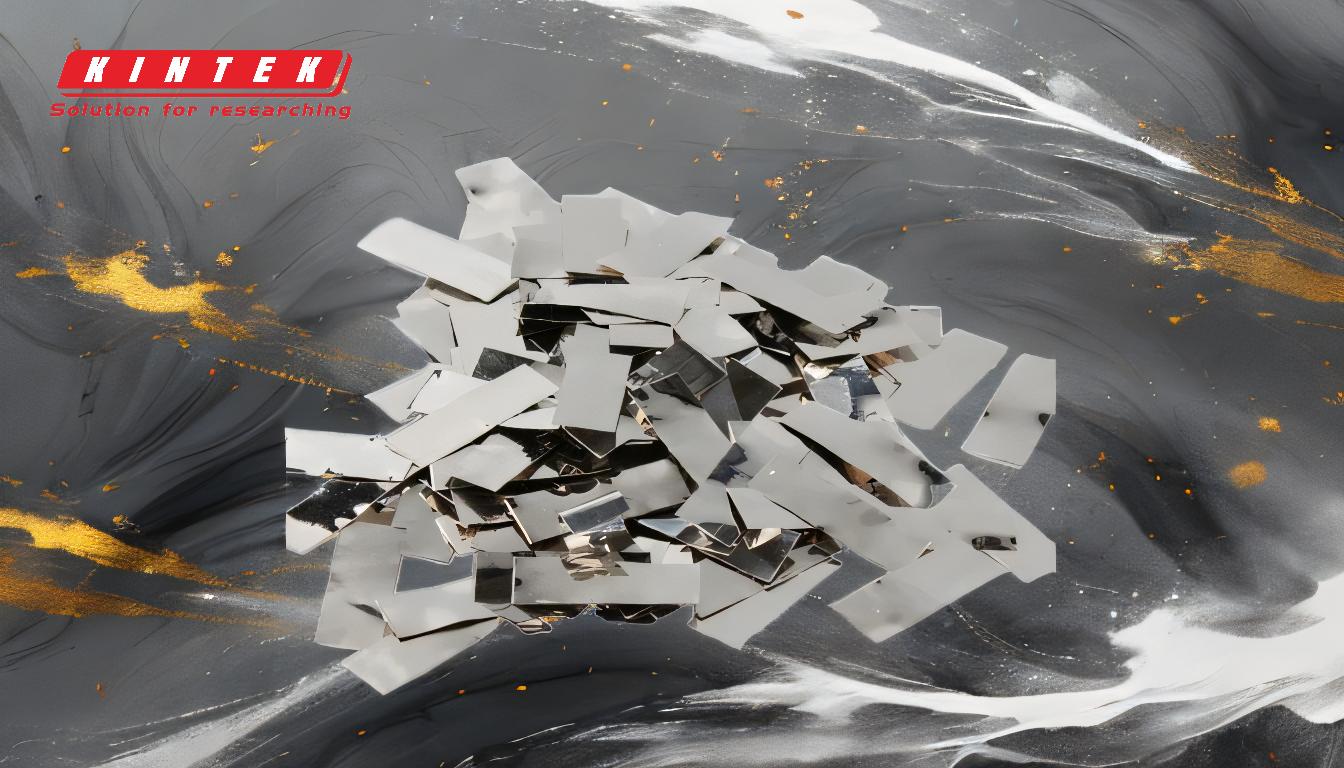In short, yes. Ion Plating (IP) is considered a high-quality, modern finishing process, especially for items like jewelry and watches. It creates a finish that is significantly more durable, wear-resistant, and corrosion-resistant than traditional plating methods.
Ion Plating is not just a thin layer of color; it's a high-tech process that molecularly bonds a hard, durable ceramic compound to a base metal. Its "goodness" comes from this superior bond, which provides a level of durability that older plating techniques cannot match.
What Exactly is Ion Plating?
To understand why IP plating is effective, you need to understand the technology behind it. It's not a simple coating, but an advanced surface treatment.
It's a Form of PVD
Ion Plating is a specific category within a broader process called Physical Vapor Deposition (PVD). PVD is a vacuum-coating process that produces a brilliant, functional, and durable finish.
Think of PVD as a family of techniques, and IP is one of its most refined members.
How It Works: A Fused Bond
The process involves placing the item (e.g., a stainless steel watch case) in a vacuum chamber. A small amount of a hard material, often titanium nitride, is vaporized into a plasma.
An electric field then accelerates these vaporized ions, causing them to bombard the item's surface with such force that they embed into it, creating a new, fused surface layer.
The Result: A Hard, Protective Layer
This process doesn't just "paint" the surface. It creates a new, dense, and hard ceramic layer that is molecularly bonded to the base metal. This bond is the key to all of IP plating's benefits.
Key Benefits of IP Plating
When compared to traditional methods like electroplating, the advantages of Ion Plating become clear.
Superior Durability and Scratch Resistance
The resulting coating is exceptionally hard and dense, making it much more resistant to scratches and everyday wear than a simple gold or silver wash. An IP-plated item will maintain its appearance for far longer.
Enhanced Corrosion and Tarnish Resistance
The bonded layer acts as a highly effective barrier, protecting the base metal (typically stainless steel) from sweat, moisture, and air. This prevents the corrosion and tarnishing that often plagues lower-quality plated jewelry.
A Thicker, More Uniform Finish
The IP process allows for a thicker and more consistent coating around the entire object, even on complex shapes. This contributes to both its longevity and its premium look and feel.
Understanding the Trade-offs
While IP plating is a superior technology, no process is without its nuances. Objectivity requires understanding its context and limitations.
Not All IP Plating is Equal
The final quality depends heavily on two factors: the base material and the thickness of the coating. IP plating on a high-grade 316L stainless steel will perform far better than the same coating on a cheap, soft zinc alloy. A thicker coating will naturally last longer.
It Is Not Indestructible
While highly resistant to scratches from daily use, IP plating can still be damaged by hard, abrasive impacts. It is a surface treatment, not a solid material, and must be treated with reasonable care.
The Cost Factor
Ion Plating is a more complex and expensive manufacturing process than traditional electroplating. This cost is often reflected in the final price of the product. The premium you pay is for significantly increased longevity and durability.
Making the Right Choice for Your Purchase
Use this knowledge to assess the value of a potential purchase.
- If your primary focus is longevity for a daily-wear item: Prioritize products with IP or PVD coatings on a stainless steel base, as they will resist wear and tarnish far better than traditionally plated alternatives.
- If your primary focus is the lowest possible cost for an occasional-use item: Acknowledge that traditional plating is cheaper but be prepared for the finish to wear off much more quickly, especially with frequent skin contact.
- If you are evaluating a product: Look beyond the "IP Plated" label. A reputable brand that specifies both the plating method and the base metal (e.g., "Black IP Plating on 316L Stainless Steel") is demonstrating a commitment to quality.
By understanding the technology behind the finish, you can confidently assess the true quality and long-term value of your next purchase.
Summary Table:
| Feature | IP Plating | Traditional Plating |
|---|---|---|
| Durability | Exceptionally high | Moderate to low |
| Scratch Resistance | Excellent | Fair |
| Corrosion Resistance | Superior | Basic |
| Coating Bond | Molecular fusion | Surface adhesion |
| Ideal For | Daily-wear items | Occasional-use items |
Ready to experience the superior quality of Ion Plating?
At KINTEK, we specialize in advanced surface treatment technologies, including PVD and Ion Plating, to meet the demanding needs of our laboratory and manufacturing clients. Our expertise ensures durable, high-performance coatings for your equipment and components.
Contact us today to discuss how our solutions can enhance your product's durability and performance. Get in touch now!
Related Products
- Inclined Rotary Plasma Enhanced Chemical Vapor Deposition PECVD Equipment Tube Furnace Machine
- HFCVD Machine System Equipment for Drawing Die Nano-Diamond Coating
- Laboratory CVD Boron Doped Diamond Materials
- Vacuum Hot Press Furnace Machine for Lamination and Heating
- 915MHz MPCVD Diamond Machine Microwave Plasma Chemical Vapor Deposition System Reactor
People Also Ask
- How does plasma enhanced CVD work? Achieve Low-Temperature, High-Quality Thin Film Deposition
- What is the difference between CVD and PECVD? Choose the Right Thin-Film Deposition Method
- What is plasma in CVD process? Lowering Deposition Temperatures for Heat-Sensitive Materials
- What are the advantages of using the chemical Vapour deposition approach for CNT production? Scale Up with Cost-Effective Control
- What is plasma enhanced chemical vapor deposition? Achieve Low-Temperature, High-Quality Thin Films




















